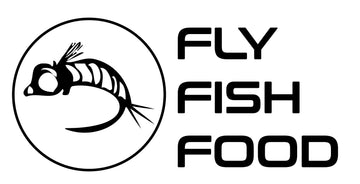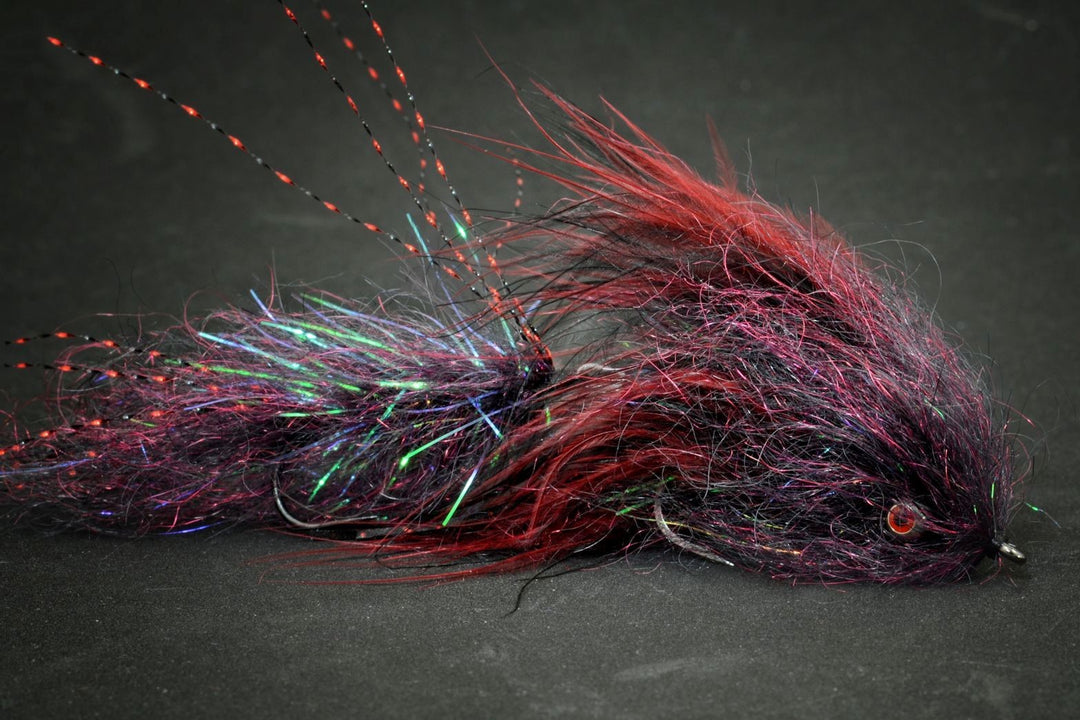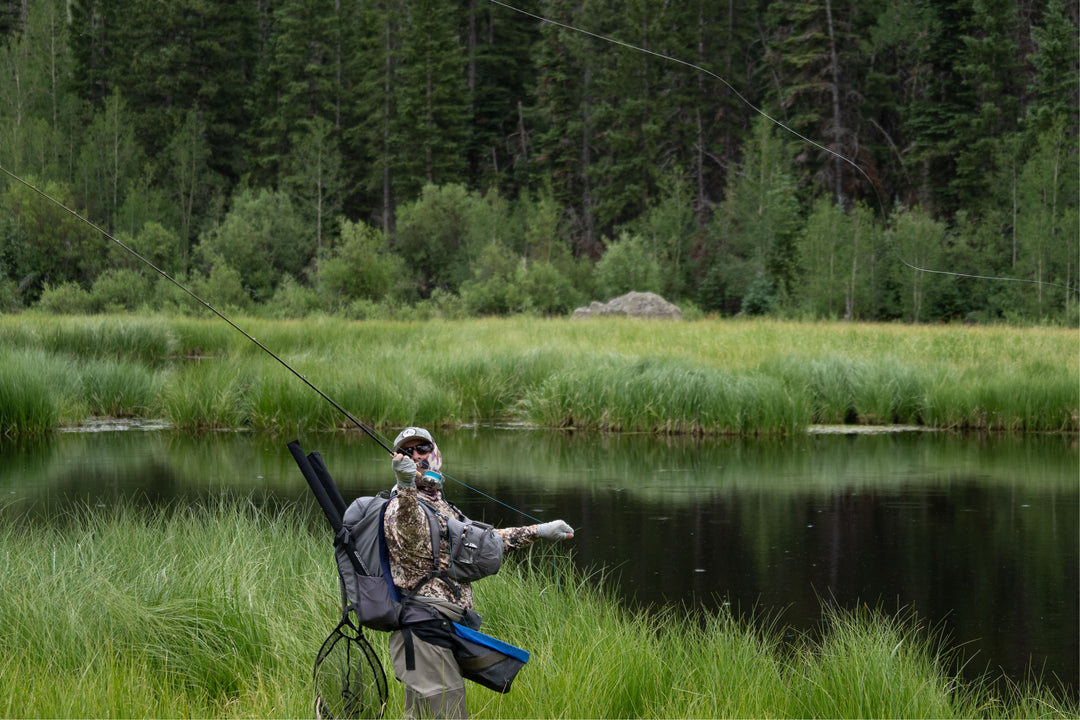Montana ·
Bighorn River Fly Fishing Report - August 8/23/2025
BIGHORN RIVER FLY FISHING REPORT
Montana — Tailwater Tactics & Match-the-Hatch
Report Date: August 23, 2025 | Next Update: August 30, 2025
Current River Conditions
Late-summer window: Low-to-moderate flows, excellent clarity in most reaches, and selective trout feeding on mayflies and caddis. Expect aquatic vegetation in lower stretches — keep flies clean.
Flows & Clarity
Estimated Flow: 2,000–2,400 CFS (typical for late August tailwater conditions)
Water Clarity: Clear to very clear for much of the popular tailwater sections
Notes: Lower-than-peak summer flows; moss/algae can concentrate in slower runs downstream
Estimated Flow: 2,000–2,400 CFS (typical for late August tailwater conditions)
Water Clarity: Clear to very clear for much of the popular tailwater sections
Notes: Lower-than-peak summer flows; moss/algae can concentrate in slower runs downstream
Water Temperature
Typical late-August range: 54–60°F (cooler in early mornings)
Trend: Warm afternoons, cool evenings — good for midday hatch activity
Typical late-August range: 54–60°F (cooler in early mornings)
Trend: Warm afternoons, cool evenings — good for midday hatch activity
Weather
Forecast snapshot: Warm and mostly sunny, light-to-moderate afternoon breeze
Fishing windows: Calm mornings and evenings for picky surface takes
Forecast snapshot: Warm and mostly sunny, light-to-moderate afternoon breeze
Fishing windows: Calm mornings and evenings for picky surface takes
Access & Pressure
Popular stretches (lower pressure further downstream)
Boat ramps and public access points are open; expect steady angling pressure on the well-known runs
Popular stretches (lower pressure further downstream)
Boat ramps and public access points are open; expect steady angling pressure on the well-known runs
Hatch Chart & Insect Activity (Aug 23, 2025)
| Insect | Typical Fly Size | Activity Level | Best Time |
|---|---|---|---|
| PMDs (Pale Morning Duns) | #14–18 | Moderate–Heavy ⭐⭐⭐⭐ | Mornings to midday |
| Black Caddis | #14–18 | Moderate ⭐⭐⭐ | Late afternoon to evening |
| Salmon/Stonefly (pockets) | #4–10 | Localized – strong where stones edge and current breaks | Late morning to afternoon (warmer days) |
| Midges | #18–22 | Light–Moderate ⭐⭐ | All day; best in calm windows |
| Scuds / Sowbugs | #12–16 | Consistent subsurface activity | Throughout the day — target slower seams |
Top Fly Selections (linked to stocked patterns)
Below are the go-to selections for the Bighorn right now. Each pattern links to the same or very similar flies in the fly sheet for quick ordering or reference.
- Salmonfly / Large Stonefly Imitations: Libby's Salmonfly — sizes #4–8 for big hoverers and opportunistic takes.
- Large Stone / Rubberleg Nymphs: Tungsten Pat's Rubber Legs — use #6–10 under indicators or on Euro rigs.
- PMD Dry & Emerger: Stealth Link Mercer - PMD and Split Case - PMD (dry/emergers) — sizes #14–18.
- Caddis (skittering & CDC): Corn-fed Caddis (CDC) - Olive (also tan/peacock variants available) — excellent for evening skittering action.
- Midges & Micro-Nymphs: Black Zebra Midge (TBH) and Red Neck Midge — tiny, effective under indicators or on-line with droppers.
- Scuds / Sowbugs: Tailwater Sowbug - Rainbow — work as primary nymph or dropper pattern.
- Perdigons / Frenchies (fast-sinking nymphs): Egan's Frenchie and Egan's Warrior Perdigon — deadly on long, tight drifts.
- Pheasant Tail / Classic Nymphs: Pheasant Tail Tungsten — a foundational point fly in nymph rigs.
- Streamers / Sculpin Imitations: Coffey's Articulated Sparkle Minnow - Sculpin, Sculpzilla - Natural, and Rusty Trombone — fish heavy in deeper runs and seam edges.
- Big Attractors / Terrestrials: For late-August terrestrials, bring a few robust attractors (hoppers/ants) — try the Taylor's Fat Albert as a reliable buoyant option.
Tactics & Strategies
- Nymphing first thing: With clear, low flows, start with euro-style or indicator nymphing. Run a slightly heavier beadhead (tungsten) on the point to maintain depth; pair with a scud or sowbug dropper.
- Match the hatch on the surface: When PMDs and caddis are active, switch to precise dry presentations (parachute/CDC styles). Fish to seams, foam lines and calmer pockets near current breaks.
- Streamers at midday: When trout move off riffles into deeper lies, slow strips of a sculpin streamer along the bottom of runs and pocket water can produce larger browns and rainbows.
- Watch for moss: Lower river moss can foul tippets—carry extra leaders and keep flies clean. Shorten leaders slightly in heavy vegetation to reduce hangups.
- Presentation notes: Tight, drag-free drifts win on the Bighorn—watch leaders and currents; dead-drift with split-shot or a euro-style rig when necessary.
- Match the hatch on the surface: When PMDs and caddis are active, switch to precise dry presentations (parachute/CDC styles). Fish to seams, foam lines and calmer pockets near current breaks.
- Streamers at midday: When trout move off riffles into deeper lies, slow strips of a sculpin streamer along the bottom of runs and pocket water can produce larger browns and rainbows.
- Watch for moss: Lower river moss can foul tippets—carry extra leaders and keep flies clean. Shorten leaders slightly in heavy vegetation to reduce hangups.
- Presentation notes: Tight, drag-free drifts win on the Bighorn—watch leaders and currents; dead-drift with split-shot or a euro-style rig when necessary.
Where to Fish
The most consistent action remains in the popular tailwater runs and the 8–15 mile sections downstream of the main access areas. Early morning wade-fishing near riffles will favor nymph rigs; afternoon and evening find the best dry-fly action along banks, foam lines and slower tails of runs.
Quick Checklist
| Item | Recommendation |
|---|---|
| Rods & Lines | 9' 5-weight for general dry/nymph; 7–8 wt for heavier streamers |
| Tippet & Leaders | 4X–6X for dries; 3X–4X fluorocarbon for bigger dries/streamers; short leaders in mossy water |
| Terminal Tackle | Small split shot, sighter indicators, tungsten beads for nymphs |
| Pack Extras | Spare leaders, forceps, net, fly cleaner, insect repellent, water |




